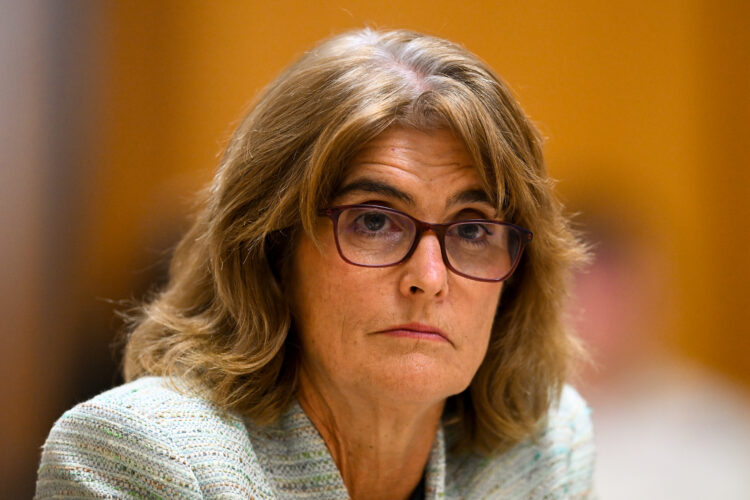Good afternoon and welcome to this special edition of Australia Institute Live.
Given the whole nation seems to be holding its breath at the moment waiting on the decision of the RBA board (no one more than Jim Chalmers it seems) we thought we would fire up the blog beast to give you instant access to reaction and analysis to help understand just what is happening.
The RBA hasn’t cut rates since November 2020. Back then, it was holding rates because it didn’t want to get to zero, so it was holding a very low rate. Then came the pandemic shutdown and in 2021 former RBA Governor Phil Lowe made his infamous comments that he didn’t expect the bank to increase the cash rate until 2024. Cue the 2022 election campaign and growing inflation around the world and the RBA board made the first of its rapid fire interest rate rises, stopping at 4.35% in November 2023.
As we have seen from the profits of the big banks, that has resulted in quite the wealth transfer. Lowe was replaced with another RBA lifer, Michele Bullock as Governor who, along with the board, has stuck to a fairly conservative approach to interest rates.
But now the conditions are screaming for the bank to do something and fulfill its duty and look after the welfare of the Australian people by stimulating the economy. Inflation is back in the target band of between 2 and 3 %. Headline inflation has been tracking down. Wages are tracking down. Retail spending is down. It’s been pretty clear from late last year that the bank needed to cut rates and stimulate the economy again, but with no January meeting under the new meeting schedule, this meeting has a lot of expectations riding on it.
To not cut in these circumstances would be a massive political move by the bank and cause chaos – not just with people with housing costs who are banking on a tiny bit of relief, but also financial markets who have all built in a rate cut into their own expectations.
We’ll find out at 2.30pm (EDST) for sure, but in the mean time, stick with us as we navigate what this all means.
You’ve got Amy Remeikis with you, with special appearances from chief economist Greg Jericho and others throughout the afternoon.
Ready? I’m re-heating last night’s left overs to help fuel the afternoon.
Let’s get into it.
